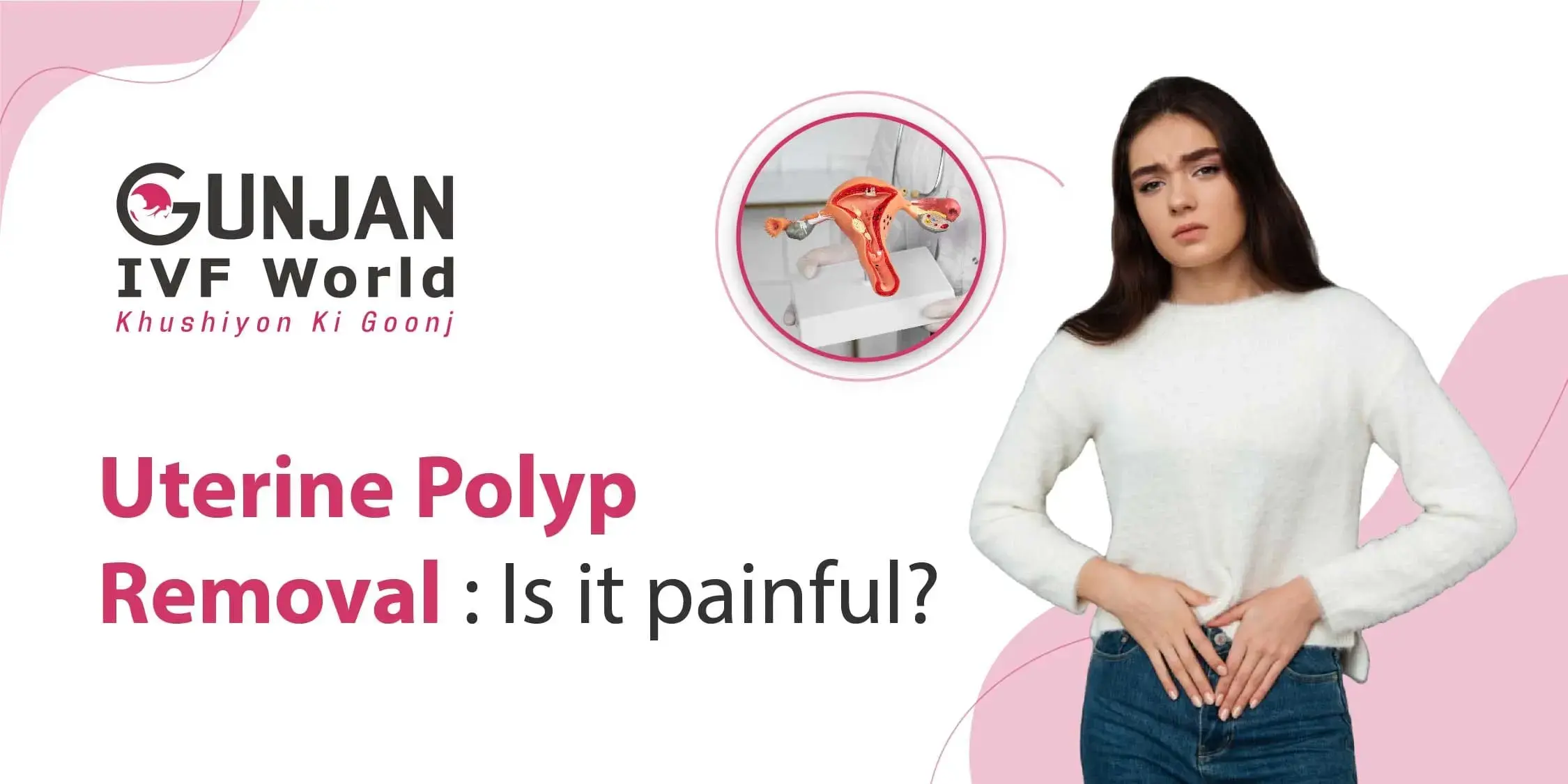
Uterine polyps are a common condition that affects many women worldwide, so if you’ve recently been diagnosed with them or have begun researching the topic out of curiosity, you’re not alone!
But with any medical treatment comes questions – one of the top being “Is uterine polyp removal painful?”
Before knowing that first we should know
Who Needs a Uterine Polyp Removal ?
Though uncommon in women under 35 years old, anyone with any of these symptoms should speak to their doctor about the potential for having uterine polyps.
Uterine polyps are growths in the lining of a woman’s uterus. When left untreated, they can cause problems like heavy or irregular bleeding, pain during sex, or infertility. They can be removed in a minor procedure that is usually minimally invasive and has few side effects.
Also Read : Reasons for Blocked Fallopian Tubes
20+ Years Of Experience as Fertility Specialists
20 Years Of Experience as a Fertility Specialists
National Fertility Awards 2023
Call Us
+919990044555
Book An Appointment
Follow Us On
Is Uterine Polyp Removal Painful ?
But in reality, with the right preparation and modern treatments, it doesn’t have to be painful.
While some women might experience mild cramping or slight discomfort during treatment, this is often due to the pressure of the uterine manipulator. Additionally, as medications such as local anesthetics are sometimes available during the procedure, pain can often be reduced or eliminated completely.
Through careful consideration of each case and choosing the best method according to each woman’s needs, the medical staff should ensure a pain-free experience for all their patients.
Read Also : Does Blocked Fallopian Tubes Affect Periods?
How long does it take to recover from a uterine polyp removal?
Most individuals are able to resume their normal activities in as little as one to two days. In some cases, if the procedure involved much larger polyps, a longer period of rest might be recommended; however, this is rare.
Typically, patients are advised to take it easy for a few days while they wait for their symptoms to improve, such as cramping or discomfort. Minor postoperative issues can also be managed with over-the-counter medications and warm baths.
Monitoring the vagina and cervix will help detect any signs of infection or abnormal bleeding which should be reported right away.
Overall, recovery doesn’t usually last long and with proper rest and care, individuals can return to full activity shortly after the procedure.
Conclusion
If you’re diagnosed with uterine polyps, don’t hesitate to speak to your doctor about the best treatment methods for you. They should be able to provide personalized advice and guidance on how to make the procedure as comfortable as possible
Remember, you don’t have to go through this alone – so seek help if needed!
Share this with
Related Blogs
404
OOPS! PAGE NOT FOUND
Sorry but the page you are looking for does not exist, have been removed, name changed or temporarily unavailable
Back to home pageFollow Us On
About Author



